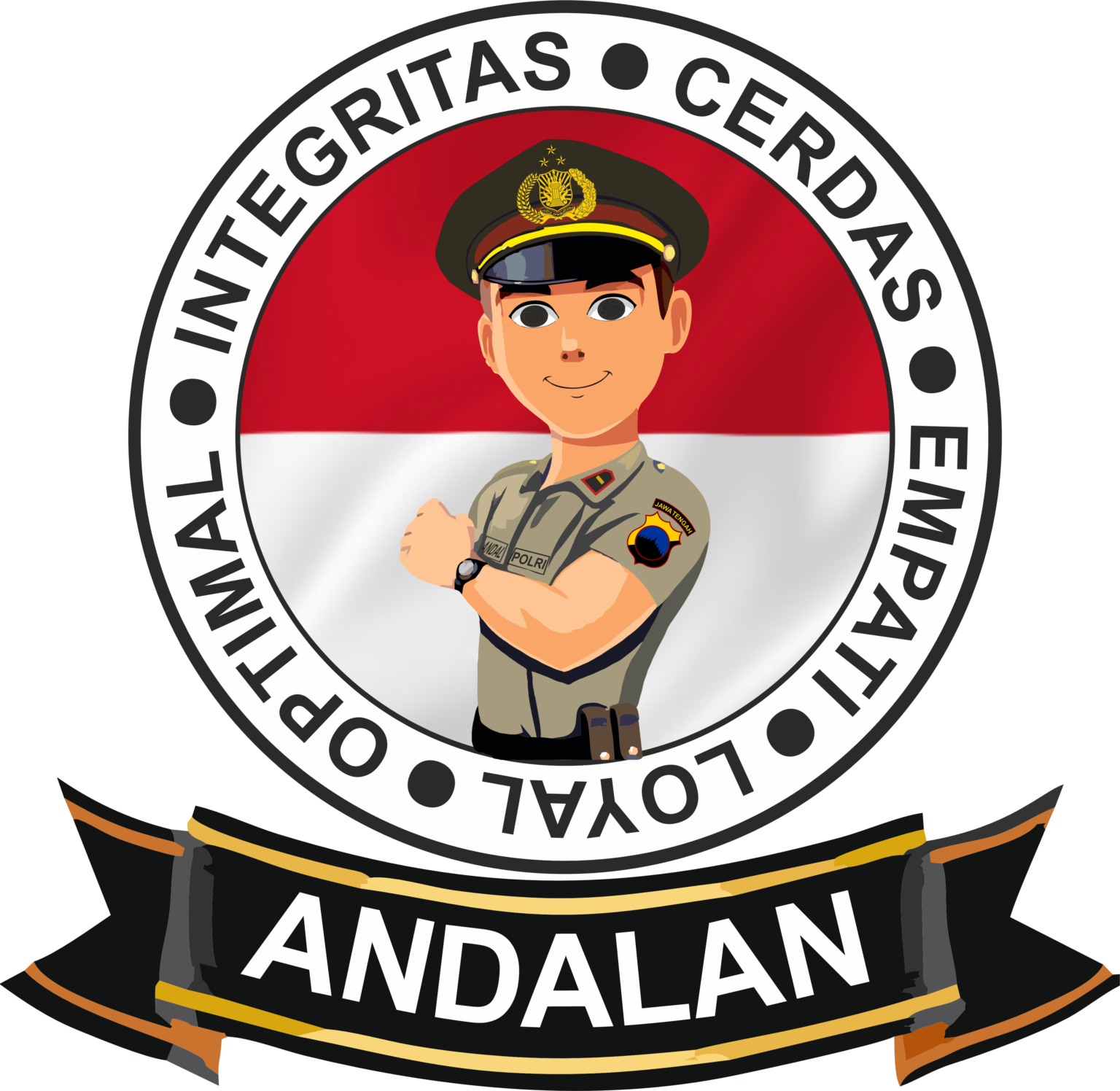An agenda that is well-designed for board meetings is a must-have tool for effective meetings. A well-planned agenda doesn’t guarantee a productive meeting or decision. Board leaders must be aware of the common mistakes that can hinder the effectiveness of meetings in order to achieve the desired outcomes.
Including too many topics on the agenda leads to rushed discussions as well as insufficient time to cover each item. To prevent this from happening, prioritize topics based on importance and urgency. You can also look into whether certain topics could be deferred to committee meetings or future board meetings to conduct a more thorough investigation.
Allocate specific time limits for each agenda item. This will help your board stay on track and ensure that all issues are given the proper consideration. Be realistic in your estimations of time and examine your past experiences of meetings that were on time to determine what is truly feasible within one meeting.
It is recommended to share the agenda of the board meeting a few days or 24 hours before the meeting. This gives board members the opportunity to read relevant documents before the meeting. Some organizations provide the sign-in you can find out more Tools for Document Management Mastery form in order to confirm the attendance.
Define clearly how decisions will be taken for each item on the agenda, such as using consensus or voting. This will help reduce confusion during discussions. If an issue is controversial or a hot-button issue, make it clear that the board will be voting unanimously instead of having split votes.
